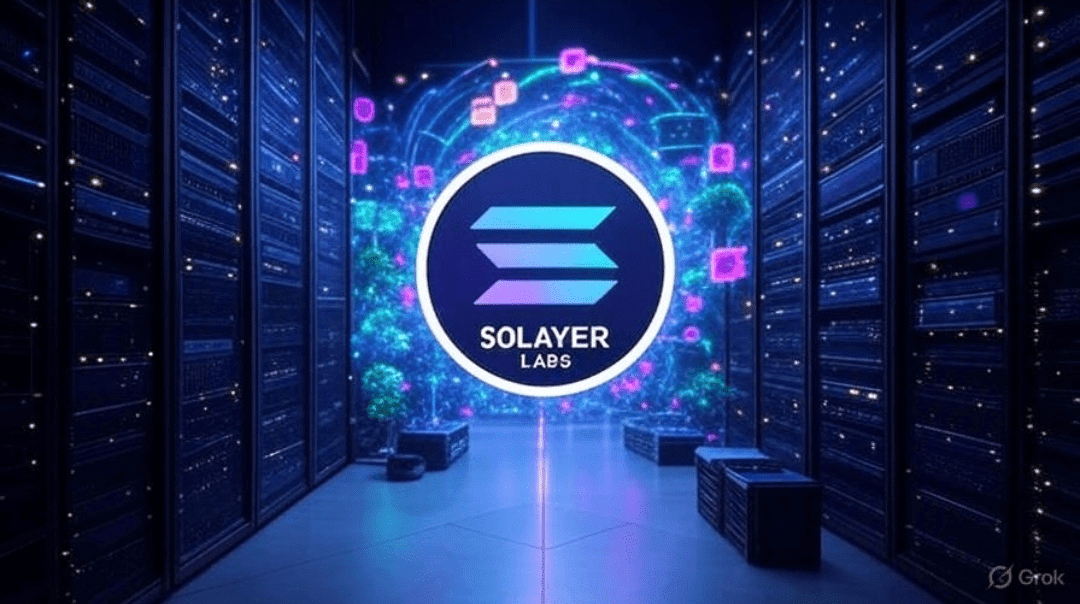
A fierce player has recently emerged in the Solana ecosystem—the Solayer protocol, which is using a set of combined strategies to change the game of blockchain performance. Today, let's analyze the hardcore strength of this project.
First, look at market recognition. Binance's latest round of HODLer airdrops has directly selected Solayer as a key target, with the first round of 6 million tokens already released. Note the time window: users participating in financial products from July 20 to 24 can enjoy this wave of dividends, and there will be an equal amount of tokens waiting to be distributed later. The exchange is voting with real money; this signal is clear enough, right?
The technical aspect is Solayer's killer feature. What does it matter that the test net runs at 100,000 TPS? Their roadmap clearly states a target of millions of TPS. To achieve this "Web2-level smoothness" ambition, the development team has implemented three main strategies: FPGA hardware acceleration pushing state reading speed to the limit, pessimistic concurrency control completely saying goodbye to rollback nightmares, and a super sorter acting as a "referee" to ensure transaction fairness. The most outrageous is their sBridge, which compresses cross-chain settlement to under 1 second—this speed is a dimensionality reduction attack across the entire industry.
For developers, Solayer is equivalent to turbocharging the Solana Virtual Machine (SVM). Native compatibility means existing ecosystem projects can migrate seamlessly, while Web2-level performance metrics directly open up previously unimaginable application scenarios such as high-frequency trading and real-time gaming. Not to mention the cross-chain composability, which gives every DApp wings for multi-chain connectivity.
User experience upgrades are more tangible. Through technical means, MEV and other forms of "dark box operations" have been directly eliminated, visibly reducing transaction slippage. Now, staking SOL or LSTs not only earns regular returns but also provides extra rewards through AVS (Active Verification Service). This "two birds with one stone" design maximizes the utilization rate of idle assets.
Currently, Solayer's positioning is very clear: it does not aim to be a large-scale underlying chain but focuses on becoming a "performance enhancement layer" for the Solana ecosystem. This focused approach in a segmented track avoids direct competition with giants and establishes a moat in specific fields through technological advantages. With the subsequent realization of the million TPS goal, it is likely to give rise to a new generation of high-frequency DeFi applications, and this imaginative space is worth continuous tracking.

